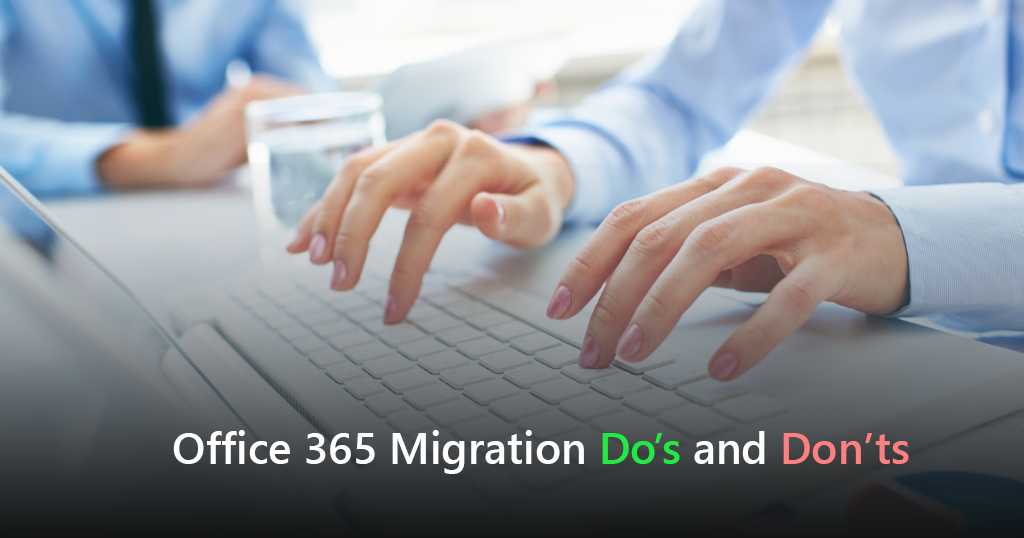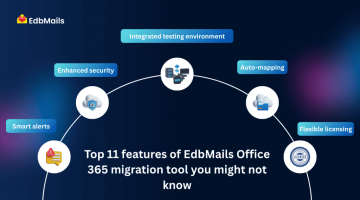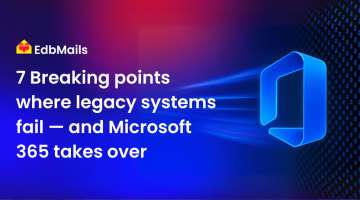Migrating to Office 365 offers organizations greater flexibility, security, and productivity. However, a successful migration requires detailed planning and execution. Without proper preparation, businesses can face disruptions, data loss, or security risks. This article outlines the essential steps, Dos and Don’ts, and how EdbMails Office 365 migration tool can simplify the process.

Key preparations for Office 365 migration
Source environment cleanup and evaluation
Before migration, ensure the source environment is thoroughly cleaned and evaluated. This includes removing unused mailboxes, validating permissions, and performing an inventory of existing data. A well-prepared environment reduces errors during migration.
Accurate migration execution and progress tracking
Plan the migration in stages and record progress at every step. Monitoring ensures that no data is missed and helps administrators quickly address issues as they arise.
Managing user activities during migration
It is important to balance migration tasks with ongoing business operations. Assign users in phases, so productivity is not hampered while the migration progresses.
Post-migration management and user connection
After migration, ensure the target Office 365 environment is configured correctly. Establish proper communication with users to help them adapt to the new system and address any concerns quickly.
Handling cloud-specific challenges
Cloud migrations bring additional challenges such as feature restrictions, mailbox size limits, and complex permission mapping. These can be effectively managed with the right knowledge and suitable tools.
Office 365 Migration Dos and Don’ts
Do: Prepare extensively
Never underestimate the importance of preparation. A rushed or poorly planned migration can cause downtime and data inconsistencies.
Do: Maintain user productivity
Ensure users remain connected and productive during the migration process. Plan for coexistence so both systems can function smoothly until the transition is complete.
Don’t: Overlook coexistence
Coexistence is critical for minimizing disruption. Plan for seamless communication and collaboration while the migration is ongoing.
Do: Implement security during migration
Use the migration period as an opportunity to strengthen security. Office 365 offers advanced security features that were time-consuming in legacy environments.
Don’t: Neglect post-migration management
Migration does not end once data is moved. Administrators must ensure proper security policies, user permissions, and overall system effectiveness are maintained post-migration.
EdbMails Office 365 migration tool
EdbMails simplifies the complexities of Office 365 migration with its advanced features. It supports:
- Public folder migration for seamless access to shared data.
- Archive mailbox migration to move historical data efficiently.
- Incremental migration, which transfers only newly added items, saving both time and bandwidth.
The tool ensures a secure, accurate, and hassle-free migration, allowing organizations to focus on productivity instead of technical challenges.
Conclusion
Office 365 migration can be smooth and efficient with proper planning, awareness of Dos and Don’ts, and the right migration tool. By following best practices and leveraging EdbMails, businesses can ensure a secure, reliable, and disruption-free transition to the cloud.
Read more:



